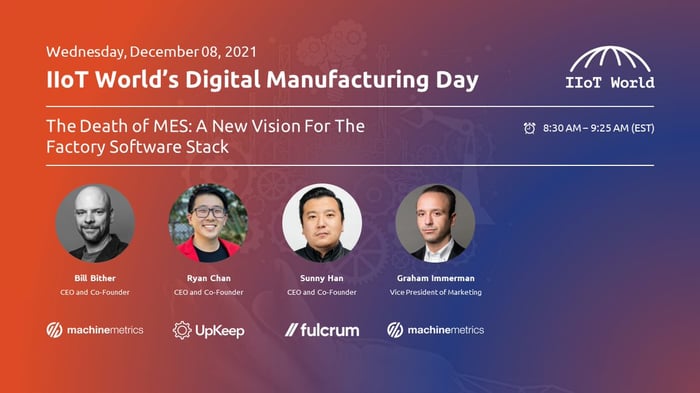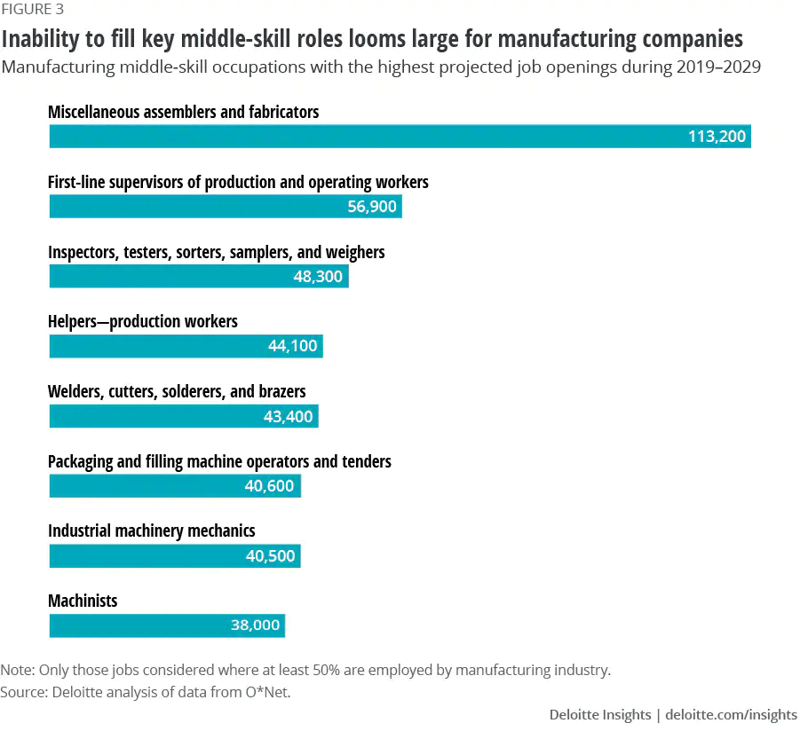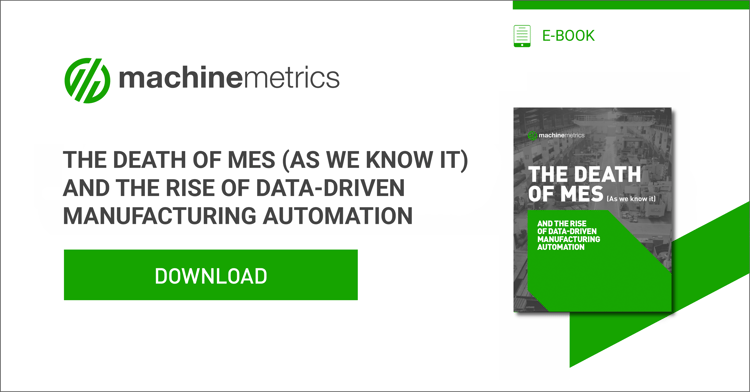Recently, I had the chance to host a panel at IIoT World’s Digital Manufacturing Day with technology leaders from Fulcrum, UpKeep, and MachineMetrics. During the panel, titled The Death of MES: A New Vision for the Factory Software Stack, we challenged the standard approach to building manufacturing operations systems.
 [Watch the recording]
[Watch the recording]
Our proposition is that these broad, largely organizational solutions cannot achieve the depth and complexity necessary to generate true performance advantages. Instead, we offered a vision for a solution landscape of individual, easy-to-deploy components connected by APIs.
Out-of-the-box value harvesting capability is a key characteristic of these best-of-breed solutions. These vertical platforms then become the foundation of a manufacturer's tech stack and ecosystem as a whole, enabling specific improvements in manageable stages.
It was a compelling discussion that generated quite a bit of commentary from panelists and viewers alike. By the end, there were still hundreds of unanswered questions, which leads us to believe that this concept resonates highly with manufacturers. I wanted a chance to recap my thoughts by sharing some of the top takeaways from “The Death of MES.”
2% of Manufacturers are Satisfied with their ERP/MES
To get some insight from attendees, we kicked off the panel with a poll, asking the audience: “How satisfied are you with your current ERP/MES implementation?”
The results were dismal, though not surprising, showing that just 2% of attendees were satisfied with their current ERP/MES. This is exactly the reason why we decided to host the panel. We wanted to highlight this industry-wide problem that has been plaguing manufacturers for decades.
It was quite obvious that this topic resonated with the attendees of IIoT World's Digital Manufacturing Day:

Exposing this problem is just the beginning. Our goal is to get the conversation started and propose solutions so that manufacturers can begin to address the many challenges associated with legacy systems, which leads me to the next takeaway.
Legacy Management Systems Are Hurting Production Potential
Varying views were expressed by the technology leaders across the panel, but the core issue guiding the conversation was that these monolithic, do-it-all management systems are stifling productivity, rather than enabling it.
There are many reasons for this, as discussed during the panel, but here are a few that stood out to me:
- A Reliance on Manual Data Entry: MES and ERP systems of old have always relied on manual data input. These systems were not built to support the wide range of equipment and systems on the shop floor, which has forced people to manually enter and analyze data.
- Jack of All Trades, Master of None: Manufacturing is highly complex. It would truly be the “holy grail” if there was one solution that could manage it all, but that’s not realistic. There are simply too many unique processes and vertical, specialized functions that it would be impossible to effectively manage it all within one system.
- Cost Prohibitive and Difficult to Deploy: Adding insult to injury, ERP and MES solutions are known to be quite expensive. And given the complexity of the solutions as well as the wide array of problems they claim to solve, deployment can be challenging.
Covid and the Skills Gap Are Accelerating Adoption of Digital Manufacturing Technology
Skilled labor is hard to come by, and the problem only seems to be growing. In fact, Deloitte shared in a recent report that by 2030 there will be 2.1 million open manufacturing positions.

Technology and automation are working to fill this skills gap, accelerated by the ramifications of COVID-19. The fact is that monolithic systems require a lot of people to manage and maintain. As operations grow, these systems only become more complex and difficult to update.
Not to mention, these systems reign in continuous improvement, stifling innovation by locking manufacturers into a sort of “walled-garden” that prevents interoperability with other systems and data sources.
As Ryan Chan, CEO and Co-Founder of Upkeep hammered home, “the need for technology is now.” Leveraging best-of-breed digital technologies can enable manufacturers to do more with less people.
When Continuous Improvement is Stifled, There’s a Problem
A manufacturer's continuous improvement roadmap should not be inhibited by their current management solution. The problem that we have seen with many MES and ERP implementations is that manufacturers become trapped, only able to leverage the functionality of the system.
Manufacturers should be free to build a technology stack with the tools that they need, not just the one their ERP suite has chosen for them. And this ecosystem of solutions should be built out in a manner of priority based on the unique opportunities a manufacturer has identified.
This allows manufacturers to focus on specialized areas to drive productivity gains, and has opened the market to offer SaaS solutions to serve quality, maintenance, data collection, and more.
Interoperability is the Key to an Ecosystem Approach
Open APIs and native integration will help to drive interoperability among function-specific solutions. This was a key theme expressed across our panel, and it provides an important takeaway for vendors.
Instead of manufacturers alone attempting to manually compile an ecosystem of solutions, it is also the responsibility of vendors to develop solutions that “play nicely.” We are in this together, and understand that the value here is developing solutions that enable flexibility, where data can be used across every department to exceed customer expectations.
As acknowledged during the panel by our very own CEO, the market is “not there yet.” It will take a conscious effort on the part of many vendors in this space, as well as consumer decisions, to drive the adoption of these best-of-breed solutions that can help manufacturers build an interoperable ecosystem that best fits their unique business needs.
Is MES Really Dead?
Likely not, but the market for solutions in this space is rapidly changing. Today’s market conditions require manufacturers to be more agile and innovative than ever before while relying less on skilled workers who are in short supply.
The legacy systems that manufacturers have long relied on to manage their operations, such as MES and ERP, are ill-equipped to meet their needs due to bloated and unspecialized capabilities, rigid architectures that stifle innovation, and an over-reliance on manual data entry and processes.
In our latest whitepaper, we outline how manufacturers can take advantage of the most valuable resource at their disposal, machine data, to address their current systems’ shortcomings while setting them on a path to a long-term strategy that capitalizes on best-of-breed technologies.
Read: The Death of MES (As We Know It) And the Rise of Data-Driven Manufacturing Automation



.png?width=1960&height=1300&name=01_comp_Downtime-%26-Quality_laptop%20(1).png)
 [
[


.gif)









Comments